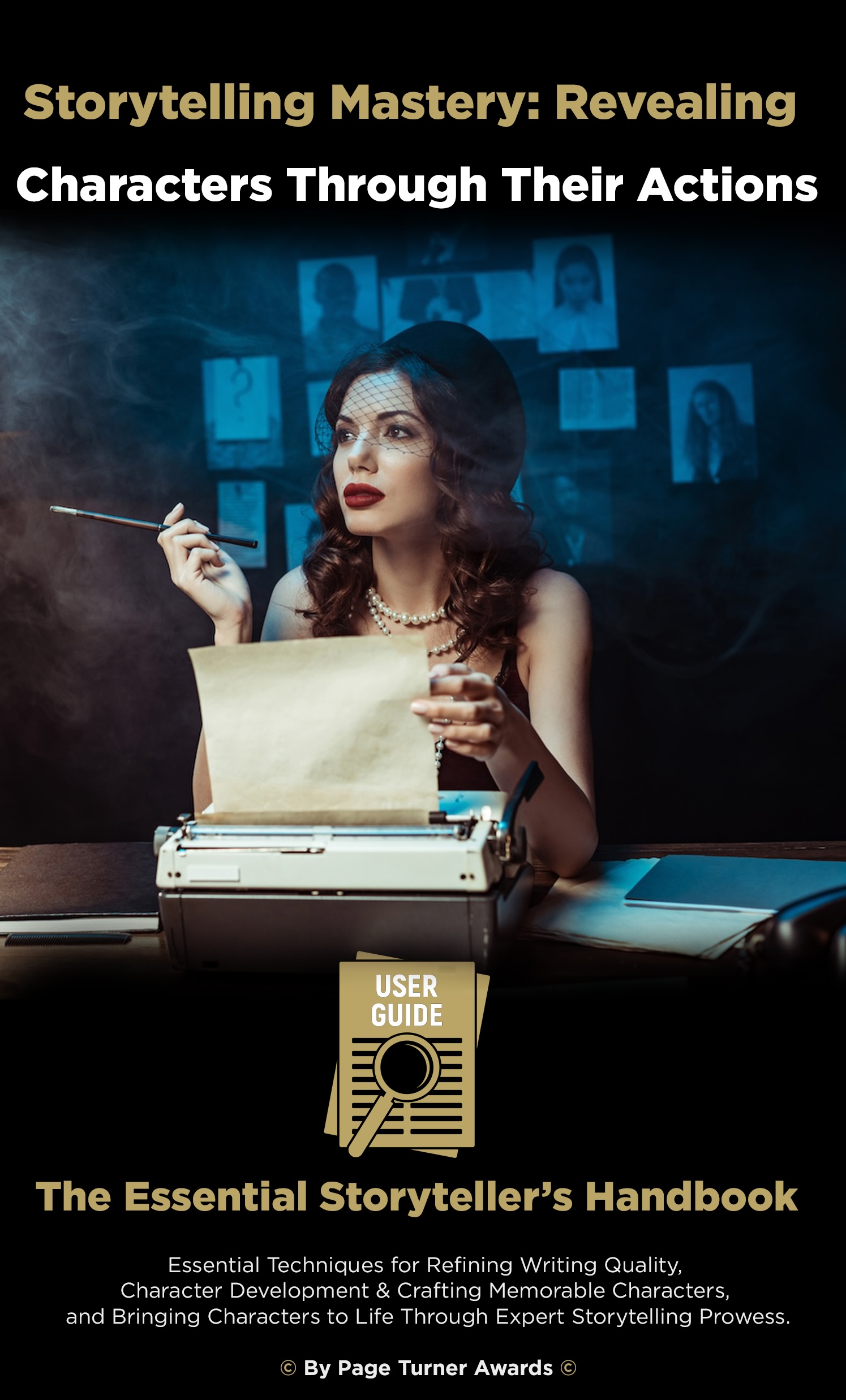
Introduction
Effective storytelling is not just about recounting events; it's about immersing readers in the lives of the characters and experiencing the story through their eyes.
Great storytellers breathe life into their characters, allowing them to reveal their personalities, motivations, and emotions through their actions and interactions. By showing, not telling, storytellers create a deeper connection with readers and make their stories unforgettable.
1. Unleashing the Power of Action: Character Development in Motion
Characters come alive when they're in motion, actively participating in the story. Their actions, reactions, and decisions reveal their true nature, motivations, and values. Instead of simply stating their traits, show readers how they act, speak, and behave in various situations.
2. Evoking Emotions Through Action: Connecting with Readers on a Deeper Level
Engage your readers emotionally by demonstrating how your characters respond to challenges, overcome obstacles, and navigate the complexities of human relationships. Show them experiencing the full spectrum of emotions – joy, sorrow, anger, fear, and love – to create empathy and connection.
3. Creating Compelling Dialogue: Capturing the Essence of Character Interactions
Dialogue serves as a window into characters' personalities, beliefs, and relationships. Craft natural, engaging conversations that reflect their unique voices, backgrounds, and social cues. Avoid stilted or unrealistic dialogue and focus on capturing the essence of their interactions.
4. Revealing Character Depth through Internal Conflicts
Internal conflicts are the driving forces behind character growth and transformation. Explore the inner struggles, doubts, and insecurities that your characters face. Show how they grapple with moral dilemmas, make difficult choices, and confront their own flaws.
5. Utilizing Settings and Objects: Painting Vivid Pictures of Character Encounters
Settings and objects play a crucial role in revealing character traits and motivations. Describe the environments where your characters interact and the objects they interact with. These details can subtly convey their personalities, values, and social standing.
6. Embracing Non-Verbal Communication: Expression through Body Language and Gestures
Non-verbal cues, such as facial expressions, body language, and gestures, are powerful tools for revealing characters' emotions, thoughts, and intentions. Pay attention to how they hold themselves, move, and react to situations. These subtle cues can reveal more than words ever could.
7. Creating Memorable Moments: Captivating Encounters that Stay with Readers
Craft memorable moments that showcase your characters' personalities, skills, and quirks. These instances will stick with readers, adding depth and authenticity to your portrayal.
8. Building Tension and Suspense: Keeping Readers on the Edge of Their Seats
Infuse your narrative with suspense and intrigue by placing your characters in challenging situations and forcing them to make critical decisions. Keep readers guessing about the outcomes, creating a gripping and engaging reading experience.
9. Embracing the Power of Contrast: Highlighting Character Differences
Contrasting characters with different personalities, backgrounds, and perspectives can create dynamic and engaging interactions. Show how they clash, complement, and learn from each other, adding depth and complexity to your story.
10. Reflecting Universal Human Experiences: Connecting with Readers on a Personal Level
Enrich your storytelling by tapping into universal human experiences, such as love, loss, friendship, and the pursuit of dreams. By connecting with readers on a personal level, you create stories that resonate long after the final page is turned.
Innovative Approaches to Mastering Character-Driven Storytelling
Study and Analyze Great Works: Analyze the works of renowned authors who excel at character-driven storytelling. Identify their techniques, observe their character development, and learn from their mastery of the craft.
Immerse Yourself in Different Genres: Explore a variety of genres, from literary fiction to historical fiction to fantasy, to broaden your understanding of character development and storytelling techniques.
Attend Writing Workshops and Conferences: Engage with experienced writers, instructors, and fellow storytellers to gain valuable insights and feedback on your work.
Seek Feedback from Diverse Readers: Share your work with readers from different backgrounds and perspectives to gain a broader understanding of how your characters resonate with different audiences.
Practice Active Observation: Observe people in their daily lives, noting their mannerisms, interactions, and the subtle cues that reveal their personalities.
By incorporating these innovative approaches and practicing the art of character-driven storytelling, you can elevate your writing to new heights, creating stories that captivate readers, inspire emotions, and stay with them long after the final page is turned. Remember, storytelling is a journey of continuous learning and refinement.
Embrace the process, enjoy the challenges, and never give up on this exciting creative and much loved fun part of writing!


